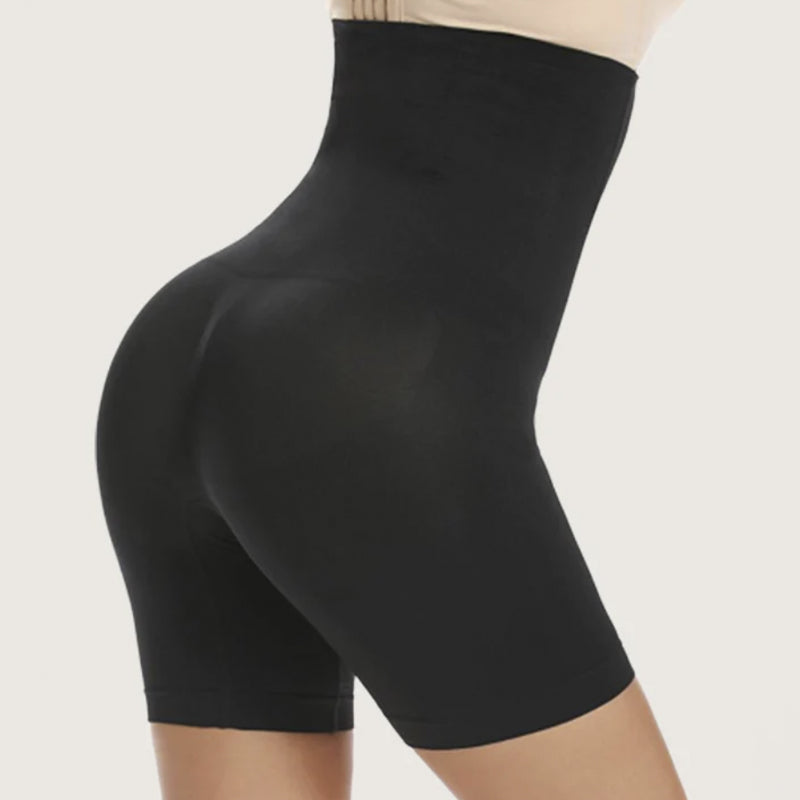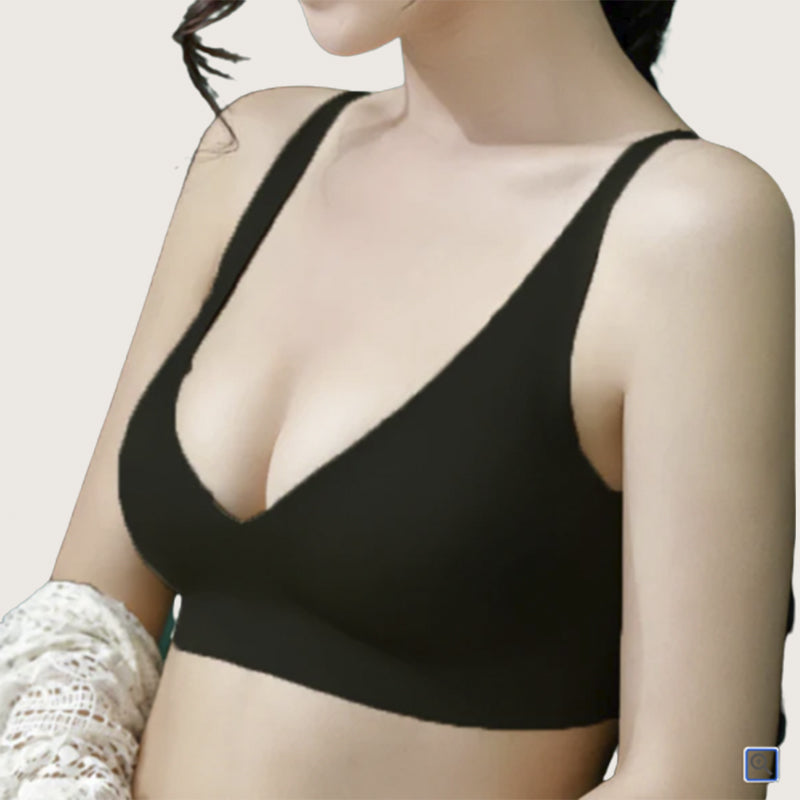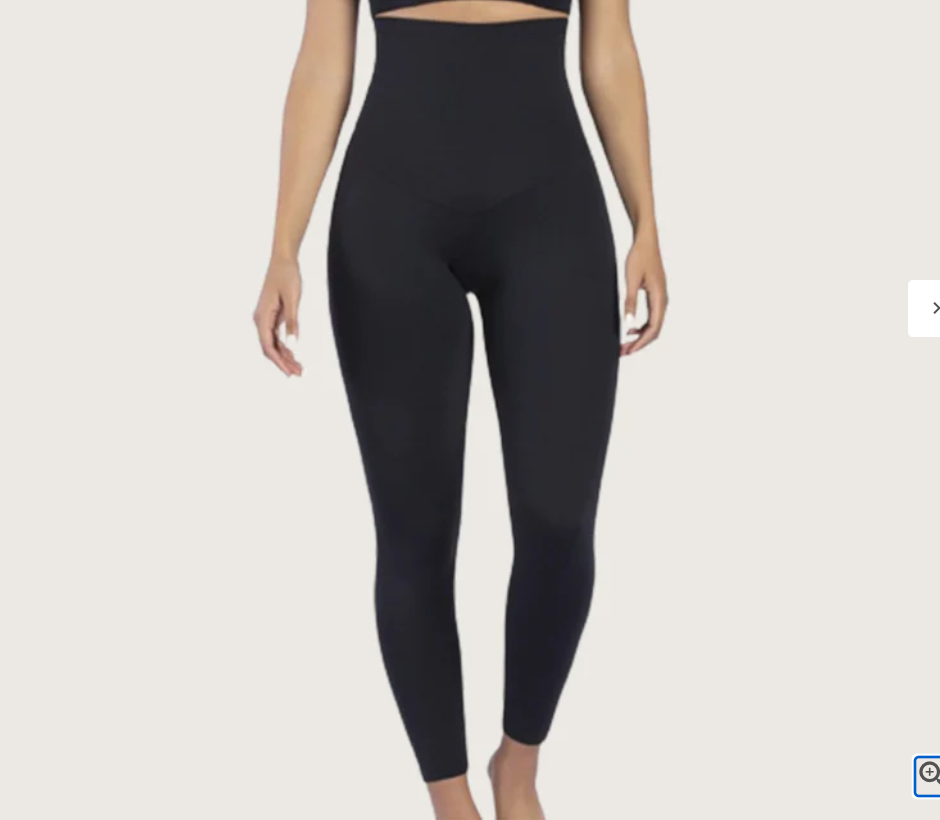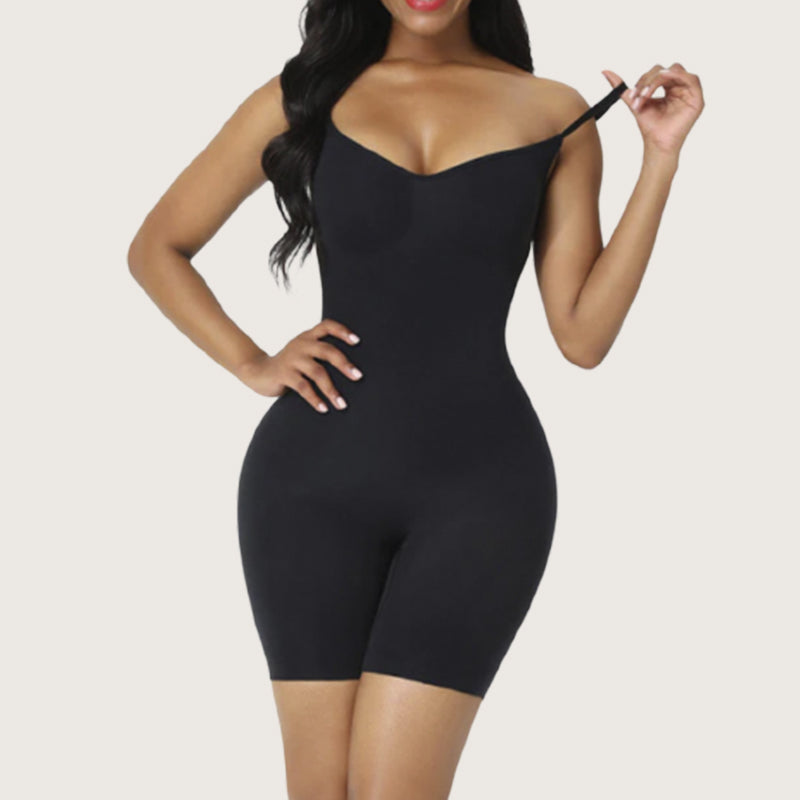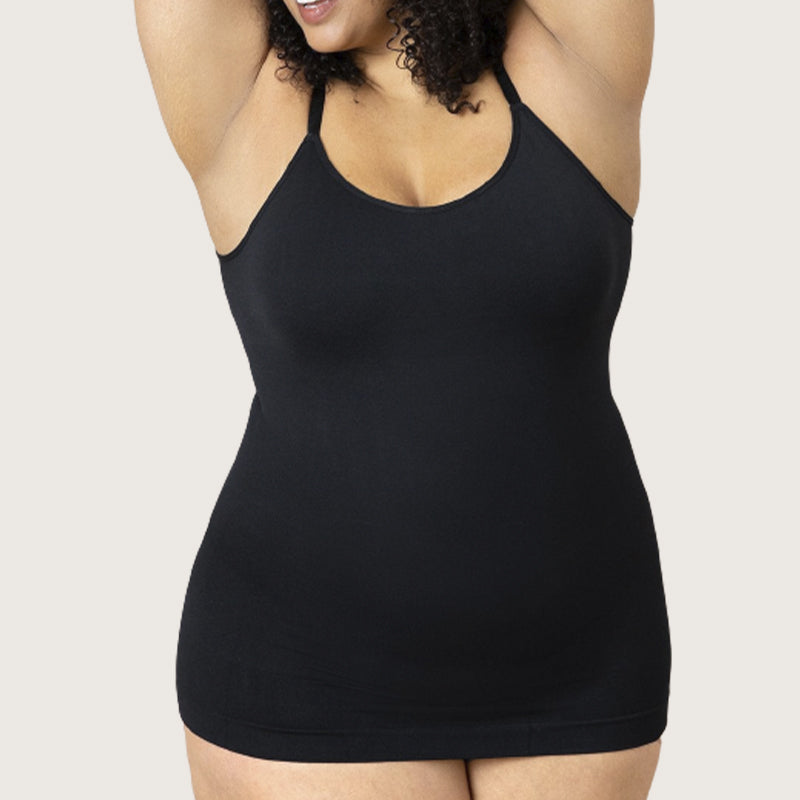In the world of body-shaping garments, two distinct options have gained popularity: corsets and shapewear. While both aim to sculpt and contour the body, they have distinct histories, designs, and purposes. In this article, we'll delve into the differences between corsets and shapewear, exploring their features, benefits, and potential drawbacks.
Table of Contents
- A Brief History of Corsets
- Understanding Shapewear
- What is Shapewear?
- Types of Shapewear
- Claimed Benefits of Shapewear
- Potential Drawbacks of Shapewear
- Comparing Corsets and Shapewear
- Compression and Contouring
- Design and Materials
- Intended Purpose
- Comfort and Mobility
- Health Considerations
- Our Recommended Corset and Shapewear Options
- Final Thoughts
- Also Read:
A Brief History of Corsets
Corsets have a rich and intricate history, dating back centuries. Originally designed as a garment to achieve a desired hourglass figure, corsets were an integral part of fashionable dress for women from the 16th to the early 20th century. Made from rigid materials like whalebone or steel, these garments cinched the waist and shaped the torso, creating an iconic silhouette.

Types of Corsets
- Overbust Corsets: These corsets extend above the bust line, providing support and shaping for the bust and upper torso.
- Underbust Corsets: As the name suggests, underbust corsets sit below the bust line, focusing on shaping the waist and lower torso.
- Waist Cinchers: Shorter versions of corsets, waist cinchers primarily target the midsection for a more dramatic waist-slimming effect.
Claimed Benefits of Corsets
- Dramatic Waist Slimming: Corsets are renowned for their ability to cinch the waist dramatically, creating an exaggerated hourglass figure.
- Posture Improvement: The rigid structure of corsets is believed to encourage better posture and spinal alignment.
- Bust Support: Overbust corsets can provide significant bust support and shaping.
Potential Drawbacks of Corsets
- Breathing Difficulties: The extreme compression of corsets can restrict lung capacity and make breathing difficult, especially during physical activity.
- Digestive Issues: The tight cinching around the waist can interfere with proper digestion and bowel movements.
- Comfort and Mobility: Corsets can be highly restrictive, limiting mobility and potentially causing discomfort or chafing if worn for extended periods.
- Health Risks: Prolonged and excessive corset wear has been associated with potential health risks, such as organ displacement, rib deformities, and even fainting.
Understanding Shapewear

What is Shapewear?
Shapewear, also known as body shapers or control garments, is a modern alternative to traditional corsets. These garments are designed to smooth and contour the body's overall silhouette, providing a more subtle and evenly distributed compression compared to corsets.
Types of Shapewear
- Bodysuits: Full-body shapewear garments that target multiple areas, including the bust, waist, and hips.
- High-Waisted Shorts or Briefs: Designed to smooth and contour the midsection and lower body.
- Shaping Camisoles: Targeted at the upper body, these garments can provide bust support and torso smoothing.
- Compression Stockings or Tights: Focused on shaping and smoothing the legs and lower body.
Claimed Benefits of Shapewear
- Smoothing and Contouring: Shapewear can help minimize the appearance of bulges, lumps, and visible panty lines, creating a smoother and more streamlined silhouette under clothing.
- Posture Support: Some shapewear garments, particularly bodysuits or high-waisted styles, can provide back and abdominal support, which may improve posture and alleviate discomfort caused by poor posture or weak core muscles.
- Confidence Boost: Many individuals report feeling more confident and comfortable in their clothing choices when wearing shapewear, particularly for special occasions or formal events.

Potential Drawbacks of Shapewear
- Discomfort and Restricted Movement: While shapewear can provide a sleek appearance, it can also be uncomfortable and restrictive, especially if worn for extended periods or if it is too tight.
- Health Concerns: Wearing overly compressed shapewear for prolonged periods can potentially lead to health issues, such as digestive problems, poor circulation, and even nerve compression in severe cases.
- Body Image Concerns: Some individuals may develop unrealistic body expectations or develop a reliance on shapewear for feeling confident in their own skin.
Comparing Corsets and Shapewear
Compression and Contouring
- Corsets: Corsets exert intense, targeted compression around the waistline, aiming to dramatically cinch and reshape the midsection.
- Shapewear: Shapewear provides more evenly distributed compression across various areas of the body, smoothing and contouring the overall silhouette.
Design and Materials
- Corsets: Often feature rigid materials like whalebone, steel boning, or sturdy fabrics, with lacing or hook-and-eye closures for adjustable compression.
- Shapewear: Typically made from stretchy, compressive fabrics like nylon, spandex, or elastane, with varying levels of control and support.
Intended Purpose
- Corsets: Primarily designed to achieve an exaggerated hourglass figure or a dramatically defined waistline through intense waist compression.
- Shapewear: Intended to smooth and contour the overall body shape, minimizing bulges and creating a sleek silhouette under clothing.
Comfort and Mobility
- Corsets: Due to their tight compression and rigid materials, corsets can be highly restrictive, limiting mobility and potentially causing discomfort or breathing difficulties.
- Shapewear: While still compressive, shapewear is generally more flexible and comfortable, allowing for greater mobility and ease of movement.
Health Considerations
- Corsets: Potential risks include breathing difficulties, digestive problems, organ displacement, rib deformities, and fainting if worn too tightly or for prolonged periods.
- Shapewear: While generally safer than corsets, shapewear can still lead to discomfort, poor circulation, and potential health issues if worn excessively or if it is too tight.
You might also be interested in our other comparison guides such as Shapewear vs No Shapewear, Waist Trainer vs Shapewear, and Girdle vs Shapewear.

Our Recommended Corset and Shapewear Options
To help you explore the options discussed in this article, we've curated a selection of our top corset and shapewear products:
Corset Options
- Corset Waist Trainer: This corset-style waist trainer provides intense compression and shaping around the midsection, creating a dramatic waist-slimming effect.
- Hook Lace Waist Training Corset: With a hook-and-eye closure and lace detailing, this waist training corset offers firm control and shaping for the midsection.
- Zip Lace Waist Training Corset: This lace-up corset features a zipper closure for adjustable compression and shaping, perfect for achieving an hourglass silhouette.
Shapewear Options
- Bodysuit Shaper Faja: This full-body shaping garment provides comprehensive compression and contouring from the bust down to the thighs, offering a smooth silhouette under clothing.
- Ultra High Waist Shaper Thong: These ultra-high-waisted briefs provide targeted shaping and smoothing for the midsection, hips, and thighs, creating a sleek silhouette.
- Essentials Tank Top Open Back: For those seeking upper body shaping, this open-back tank top offers targeted compression and support while remaining discreet under clothing.
Final Thoughts
When it comes to choosing between corsets and shapewear, it's essential to consider your personal goals, comfort level, and potential health risks. Corsets offer a dramatic, exaggerated waist-slimming effect and a iconic silhouette, but they also carry greater risks and potential discomfort. Shapewear, on the other hand, provides a more balanced approach to contouring and smoothing, with less extreme compression and generally fewer health concerns.
Ultimately, the decision should be based on your individual needs and priorities. If you're seeking a temporary, dramatic waist-slimming effect and are willing to accept the potential risks and discomfort, a corset may be an option – but it's crucial to wear it responsibly and not excessively. If you prioritize overall body contouring, comfort, and mobility, shapewear may be the better choice.
Regardless of your choice, it's essential to listen to your body, wear these garments in moderation, and prioritize your overall health and well-being. It's also important to maintain realistic expectations and cultivate self-acceptance, as these garments should enhance, not define, your self-confidence.
Also Read:
- What is the Best Shapewear for Belly Fat
- What Type of Shapewear Do I Need
- What Size Shapewear Should I Get
- Shapewear Under Jeans
- Best Shapewear Under Wedding Dress
